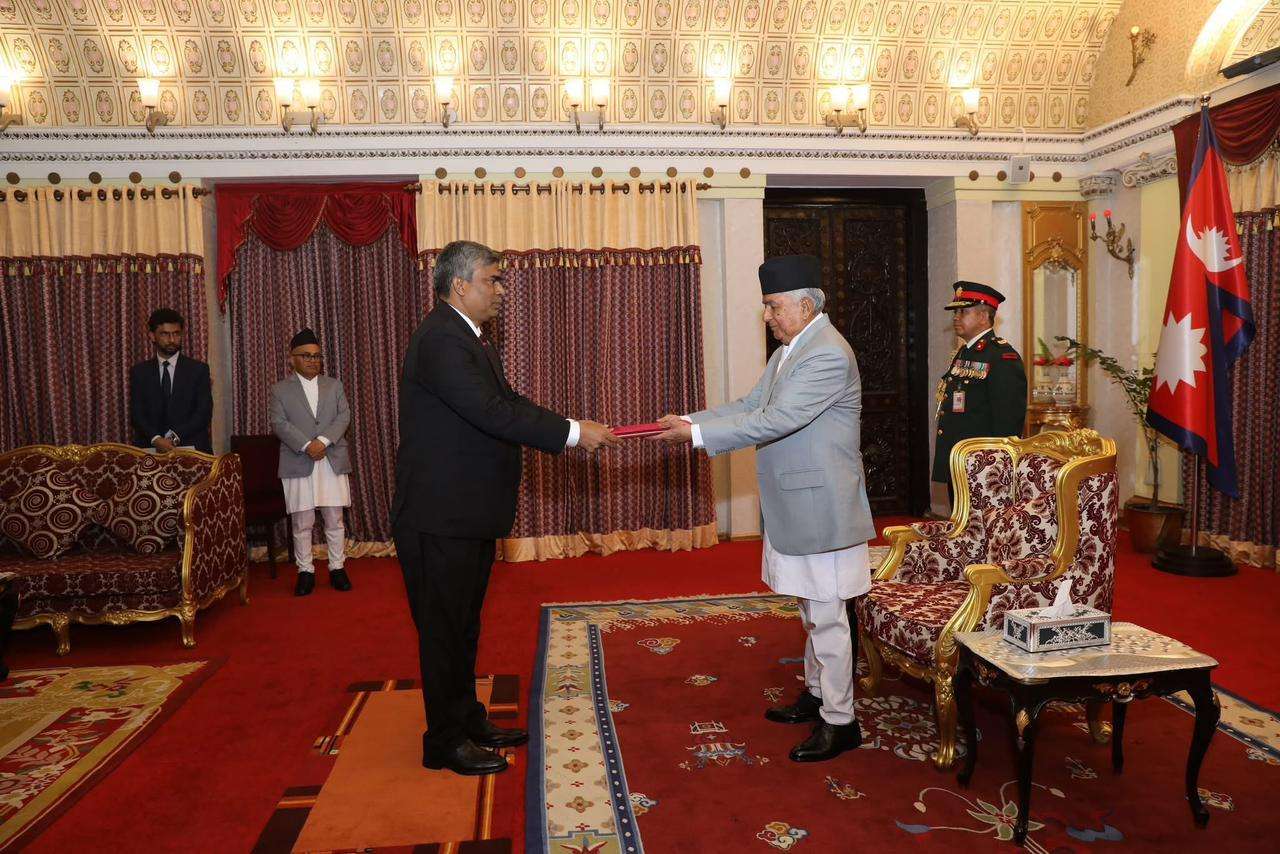India’s border policies have long been a subject of scrutiny, particularly from neighboring countries like Bangladesh. A key concern is the selective use of lethal weapons by the Indian Border Security Force (BSF). While BSF personnel reportedly refrain from using lethal force along India’s borders with China, Nepal, Bhutan, and Myanmar, the same cannot be said for the Indo-Bangladesh border, where instances of border killings persist. This disparity has significant implications for regional stability and bilateral relations.
Disparity in Border Practices
India shares over 15,000 kilometers of land borders with its neighbors, each characterized by distinct geopolitical and cultural dynamics. These border practices often reflect India’s strategic priorities and historical relationships with its neighbors.
India-China Border
The Sino-Indian border, spanning the contentious Line of Actual Control (LAC), is marked by high-altitude terrain and geopolitical rivalry. Despite occasional skirmishes, such as the 2020 Galwan Valley clashes, India and China largely refrain from using lethal force, opting instead for military build-ups, dialogues, and agreements to de-escalate tensions. This restraint is primarily driven by the strategic imperative to avoid full-scale conflict with a major global power. Diplomatic mechanisms, including border meetings and hotline communications, play a crucial role in managing disputes along this volatile frontier.
India-Nepal Border
The India-Nepal border reflects a historically close relationship underscored by cultural, linguistic, and economic ties. Despite occasional disputes over territories like Kalapani and Lipulekh, the BSF generally adopts a restrained approach, focusing on dialogue and community engagement. Nepal’s strategic location as a buffer state between India and China necessitates careful handling of border issues to prevent alienating Kathmandu.
India-Bhutan Border
India’s relationship with Bhutan is characterized by trust and cooperation. The two countries share a unique bilateral treaty framework, with India playing a significant role in Bhutan’s defense and foreign policy. The India-Bhutan border sees minimal militarization, and border management prioritizes local collaboration and non-lethal methods to address issues like smuggling or illegal crossings. Bhutan’s alignment with India’s strategic interests further ensures a peaceful border dynamic.
Indo-Bangladesh Border
In stark contrast, the Indo-Bangladesh border, stretching over 4,000 kilometers, frequently witnesses incidents involving the use of lethal force. Reports indicate that the BSF justifies these actions as measures to curb illegal activities, including smuggling and unauthorized crossings. However, these actions often result in the loss of innocent lives, including Bangladeshi civilians, leading to widespread condemnation from human rights organizations and the Bangladeshi government.
Border Killings: A Persistent Concern
The repeated use of lethal force along the Indo-Bangladesh border stands out starkly when compared to India’s practices with its other neighbors. Many victims of border killings are unarmed civilians, including farmers, children, and villagers inadvertently caught in crossfire. This approach has far-reaching implications:
The strain on Bangladesh-India Relations
Despite shared history, cultural ties, and economic collaboration, these incidents undermine mutual trust. Bangladesh has consistently raised this issue in diplomatic forums, urging India to adopt a non-lethal approach similar to its practices on other borders.
Human Rights Concerns
International organizations like Amnesty International and Human Rights Watch have criticized these actions for violating international standards of border management. The disproportionate use of lethal force tarnishes India’s image as a responsible regional power.
Impact on Border Communities
The frequent violence disrupts the lives of border communities, fostering resentment and mistrust. It also hampers cross-border trade and cooperation, which are vital for local economies.
A Comparative Analysis
India’s varying border practices highlight a complex interplay of strategic, historical, and political factors:
- With China: Restraint stems from the potential global and regional fallout of escalated tensions.
- Along the Nepal and Bhutan borders: Historical alliances and shared interests promote non-lethal approaches.
- Conversely, the Indo-Bangladesh border: Reflects a more security-driven approach, shaped by concerns over smuggling, migration, and perceived threats to sovereignty.
Recommendations for Policy Reform
From Bangladesh’s perspective, the disparity in India’s border management policies necessitates urgent reforms to ensure consistency and fairness. Key recommendations include:
Adopt Non-Lethal Measures
Equip BSF personnel with non-lethal tools such as rubber bullets and stun guns to minimize fatalities.
Strengthen Bilateral Mechanisms
Enhance joint border management initiatives, such as coordinated patrols and intelligence sharing, to address security concerns without resorting to violence.
Ensure Accountability
Establish independent inquiries into border killings to hold perpetrators accountable and prevent recurrence. Transparent investigations can rebuild trust and reinforce India’s commitment to human rights.
Promote Community Engagement
Foster greater communication between border communities and security forces to build trust and reduce tensions. Community-based approaches can help address underlying issues driving illegal activities.
Leverage Regional Platforms
Utilize regional forums like SAARC to address border issues collectively, promoting shared standards for border management and dispute resolution.
Conclusion
India’s selective use of lethal weapons along its borders is a pressing issue that warrants international attention. For a country aspiring to be a global leader and regional exemplar, adopting consistent, humane, and equitable border practices is imperative. Bangladesh remains committed to resolving this issue through diplomatic channels, emphasizing the importance of preserving human rights and fostering harmonious relations. A reformed border policy not only strengthens bilateral ties but also enhances India’s standing as a responsible and inclusive regional power.
---
Author: Director, National Institute of Strategic Studies

_2.jpg)






.svg)


_1.jpg)